How is concrete measured? This question might look straightforward. However, it is critical to understand how to measure concrete because it will help you estimate the cost and how much concrete you need for your project.
We intend to dwell on how to measure concrete, do a basic conversion to cubic feet and cubic meters. Afterward, we will help you estimate how much concrete you need by taking a sample project.
Contents
How is concrete measured?
Concrete is measured in cubic yards, and most premixed concrete vendors will often quote volumes in cubic yards.
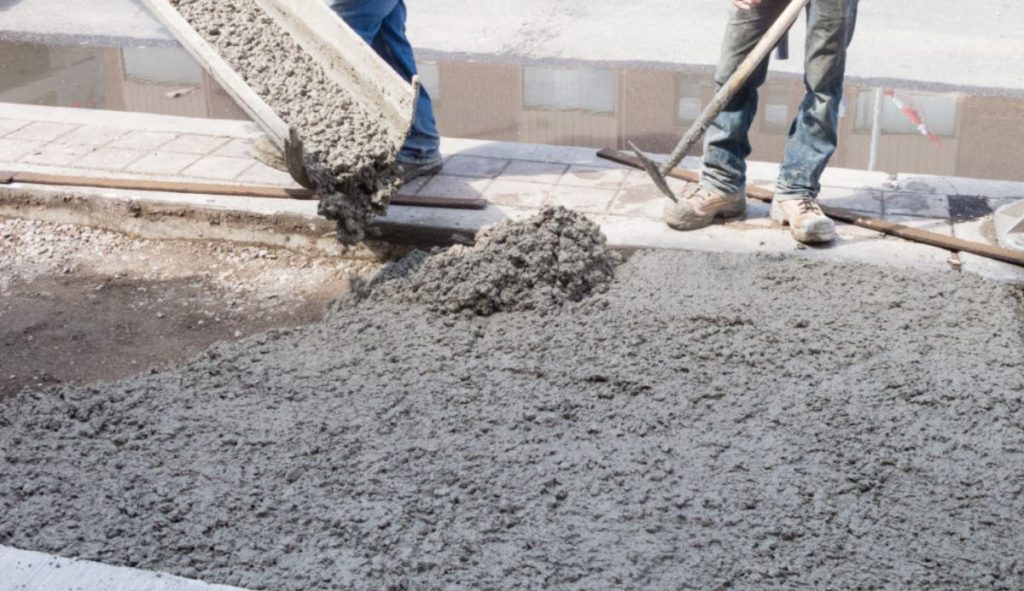
1. Cubic foot to the cubic yard and vice versa
A yard is 3ft or 36 inches long, and as you know, cubic volume is obtained by multiplying the length, width, and depth, i.e., (length x width x depth), and for a cubic, the length, width, and depth are equal.
a). Cubic yard to cubic feet
Therefore, 1 cubic yard = 3ft x 3 ft x 3ft = 27 cubic feet. To convert cubic yards to cubic feet, you need to multiply by 27. For instance, five cubic yards of concrete = 5x 27 = 135 cubic feet.
b). Cubic feet to cubic yards
In most scenarios, you will be converting cubic feet to cubic yards to tell how many cubic yards of concrete you need.
To convert cubic feet to cubic yards of concrete, divide the number of cubic feet you have by 27, and you are good to go.
For instance, in your estimation, you realize you need 750 cubic feet of concrete. If you want to know how many cubic yards you need, divide 750 by 27, i.e., 270/27= 10 cubic yards.
You need to know how to work with feet since most costs are usually done per square foot, including labor and materials. However, some contractors opt for an hourly rate.
c). How to work out concrete in m3
The next part is how to work out concrete in m3. Not everyone loves working with footage. Again it is simple.
m3 to cubic yards
1 yard = 1.09361 yards. Therefore to convert cubic meters to cubic yards, multiply the length, width, and thickness in yards, i.e.:
1 cubic meter = 1.09361 x 1.09361 x 1.09361 = 1.308 cubic meters. Therefore, to convert cubic meters to cubic yards, you multiply cubic yards by 1.308.
For instance, if your project requires 25 cubic meters of concrete, the equivalent volume in cubic yards is 25x1.308 = 32.7m3 of concrete.
Cubic yard to cubic meter
In some instances, you will need to convert cubic yards to cubic meters if you are working with standard units (SI units).
Since 1 cubic meter = 1.308 cubic yards, to convert cubic yards to cubic meters, divide the value in cubic meters by 1.308.
For instance, the volume of concrete you need is 50 cubic yards3. To give the value in yards, divide 50 by 1.308, i.e., 50/1.308 = 38.22 cubic meters of concrete.
How to work out concrete in cubic inches
If you work in inches, you can first convert each dimension to feet, i.e., 1 foot = 12 inches. It will be easier. However, if you want to know, here is how to go about it for its sake.
1 yard = 3ft = 36 inches
1 cubic yard = 3ft x 3ft x 3ft = 108x108x108 = 1259712 cubic inches. As you can see, the value is astronomical.
To convert cubic yards to inches, multiply by 1259712 and to convert cubic inches to a cubic yard, divide by 1259712.
Bottom line
| Conversion | What to do |
| Cubic yards to cubic feet | Multiply by 27 |
| Cubic feet to cubic yards | Divide by 27 |
| Cubic yards to cubic meters | Multiply by 1.308 |
| Cubic meters to cubic yards | Divide by 1.308 |
How to calculate how much concrete you need
The next critical issue is to figure out how much concrete you need. If you are conversant with the above conversion, this part should be a breeze.
There are easy-to-use concrete calculators you will find online that will help you. However, if you don’t have the time or prefer doing it yourself, we will guide you.
Standard residential concrete is usually 4 inches thick, while you need to make it 6 inches if you have a heavier load, such as heavy trucks.
Calculating how much concrete you need
To determine how much concrete you need here is how to go about it.
- Please measure the length and width of the place you will have your concrete slab.
- Multiply the length and width, i.e., area = Length x Width, to get the area.
- Multiply the area by thickness of your slab to get volume, i.e., volume = area x thickness
- How much concrete you need = volume of the slab = Area x thickness = Length x Width x Thickness.
One pitfall you may encounter is using different units. First, convert length, width, and thickness to the same units, i.e., foot or meters. Most people often work with feet but forget to convert thickness from inches to feet.
For instance, if you want a 6-inch thickness, this will be half a foot, i.e., 12 inches = 1 foot. To convert inches to foot, divide by 12, i.e., = 12/6 = 0.5ft.
Once you have your slab volume either in cubic feet or cubic meters, you can determine the number of cubic yards of concrete you need. We looked at how to do that above.
Allowance for wastage
As you calculate the amount of concrete your slab requires, you need to factor in a wastage allowance, usually 2.5% to 3% of the total volume.
Therefore, the total amount of concrete to order = the volume of your slab + wastage = slab volume + 2.5-3% of slab volume.
Typical examples
For instance, you want to have a concrete patio and know how much concrete you need. Usually, small patios are about 7ft by 7ft, medium 12ft by 14ft, and large ones 16 ft by 18ft.
Let us assume your patio measures 12ft by 14ft and a 4-inch-thick concrete. How much concrete do you need? We will take the wastage is 3%. Here is how to go about it.
- Convert thickness to feet to have the same units by diving it by 12 = 4/12 = ⅓.
- Get the slab volume = Length x Width x Thickness = 14 x 12x ⅓ = 56 cubic feet.
- Convert cubic feet to cubic yards by dividing by 27 = 56/27 = 2.07 cubic yards of concrete.
- Determine wastage at 3% = (3/100) x 2.07 = 0.081 cubic yards
- Get a total by adding wastage and slab volume = 2.07+0.081 = 2.151 cubic yards.
Therefore, you need 2.151 cubic yards of concrete.
How much will you spend on plain concrete?
Although unrelated, it is good to give you an estimate of how much you will spend on your patio, measuring 12ft by 14 ft.
Typical prices are as follows:
- Cost of concrete = $125 per yard
- Cost of sub-base = $12 to $15 per yard
- Labor = $2 to $5 per square foot (may vary)
- Grading = $700 and $1,500
- Area = 14x 12 = 168 square feet
- Delivery fee = $100
Assuming the thickness of the subbase is 4 inches thick, let us see how much it will cost you.
- Concrete cost = 2.151 x 125 = $268.88
- Cost of subbase at 4-inch thickness meaning it will be the same as concrete = 12x2.151 to 18 x 2.151 = $25.81 to $38.72
- Cost of labor = Area x cost per square foot= 2 x 168 to 168 x 3 = 336 to $504
Total cost (low) = $268.88 (concrete) +25.81 (subbase) + $800 (grading) + $336 (labor) + $100 delivery fee = 1530.69
Total cost (high) = $268.88 (concrete) + $38.72 (subbase) + $1500 (grading) + $504 (labor) + $100 (delivery fee) = $2611.66

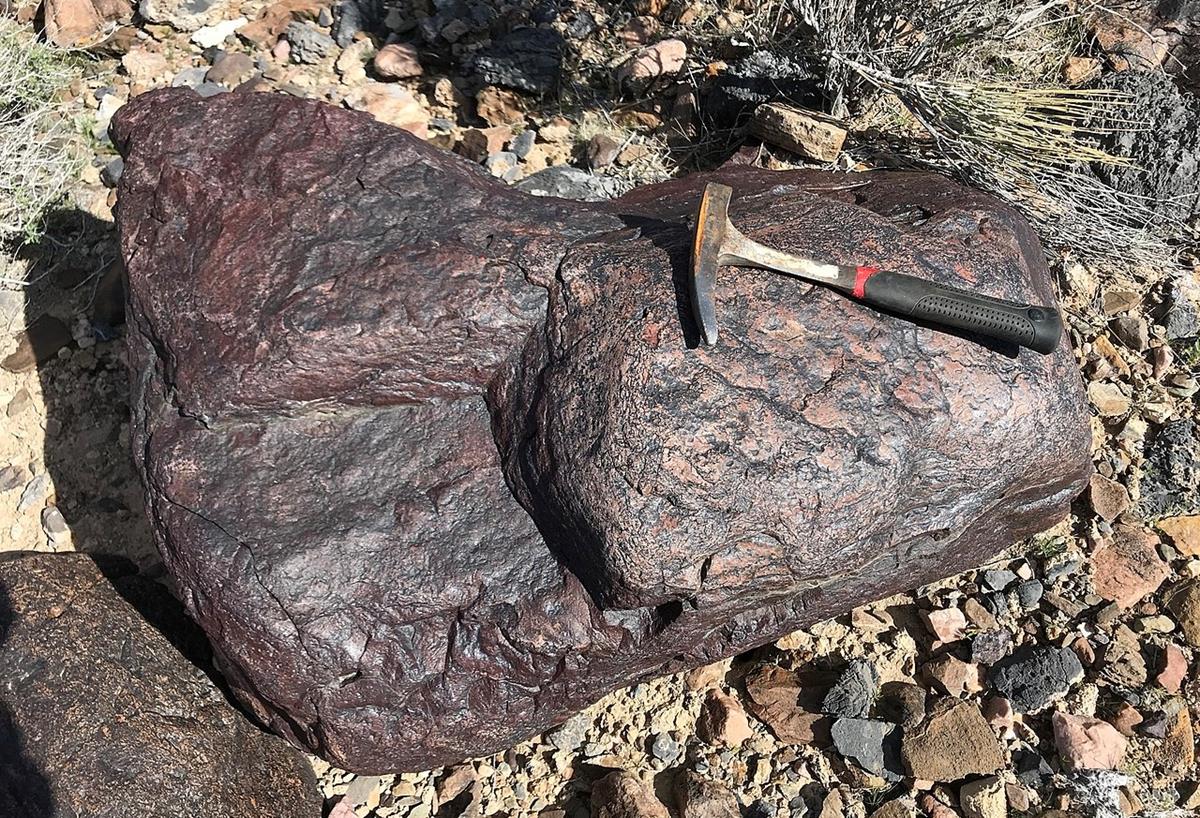
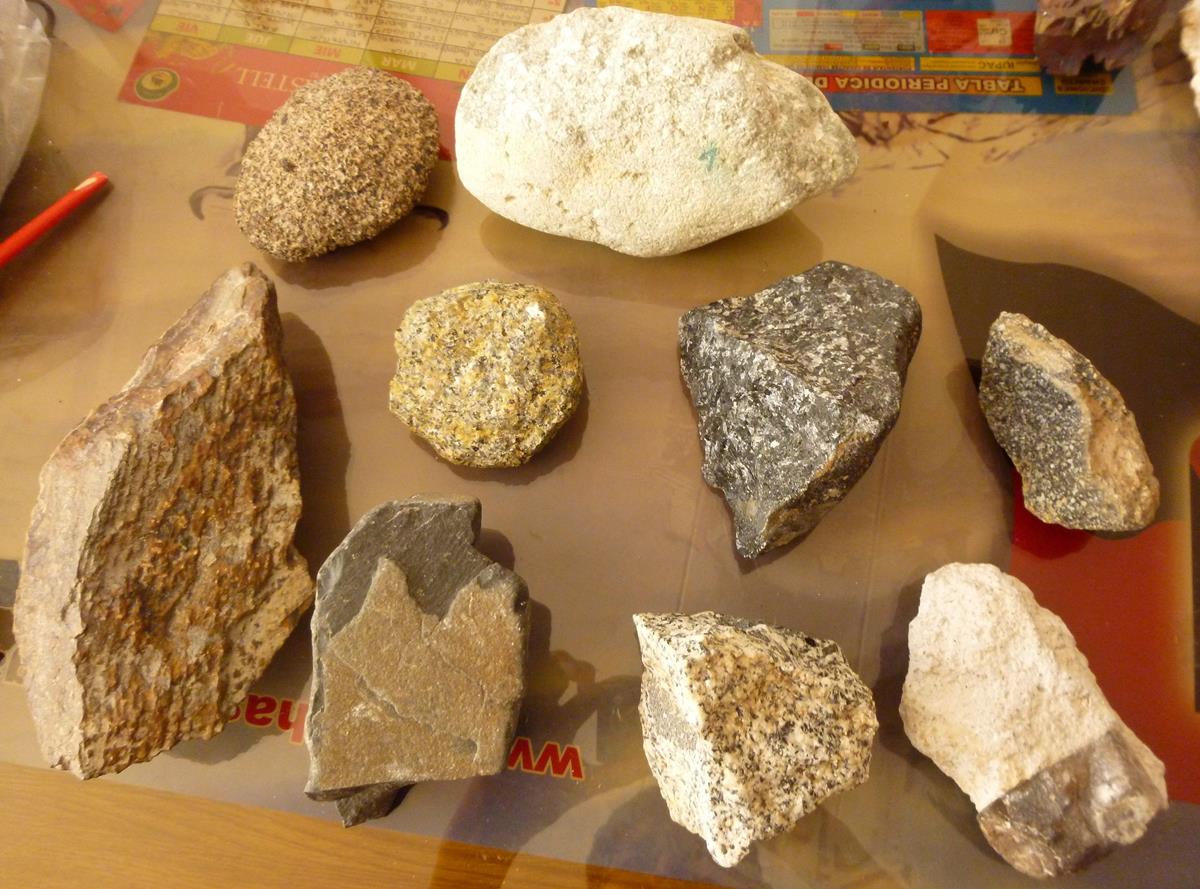
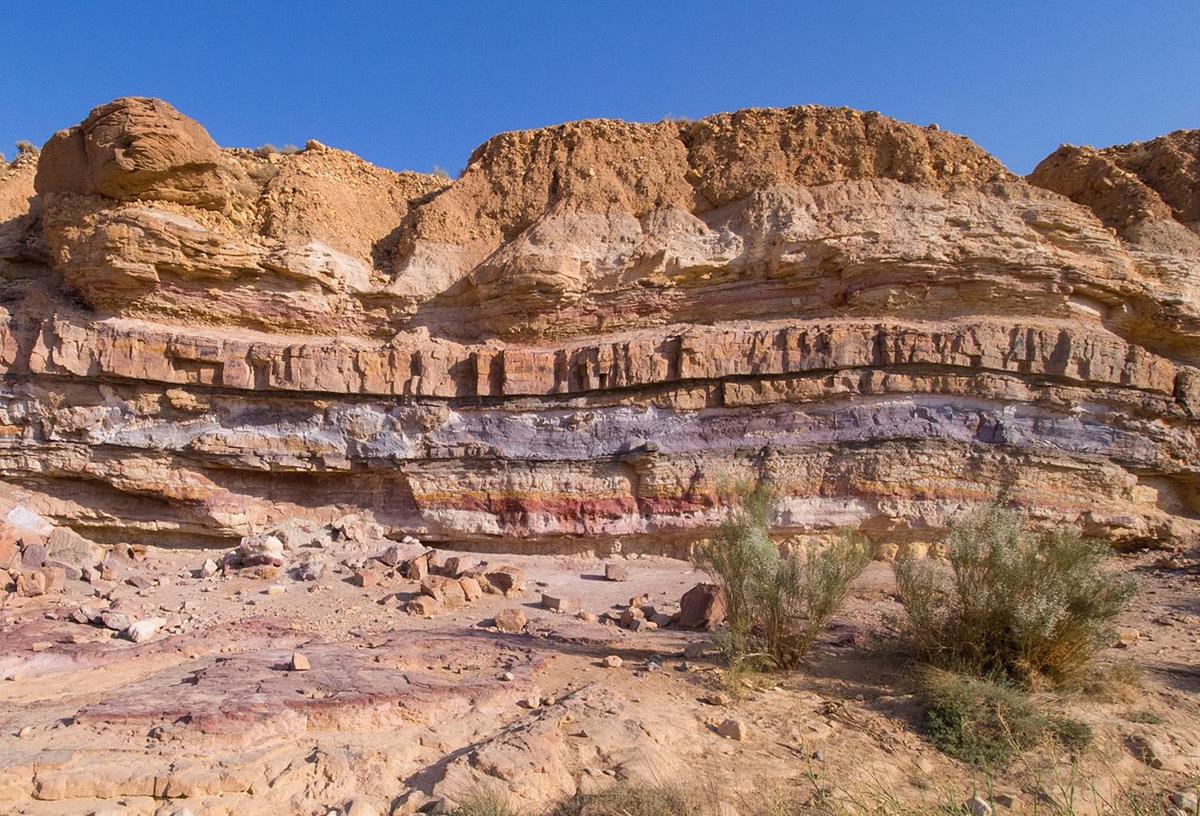
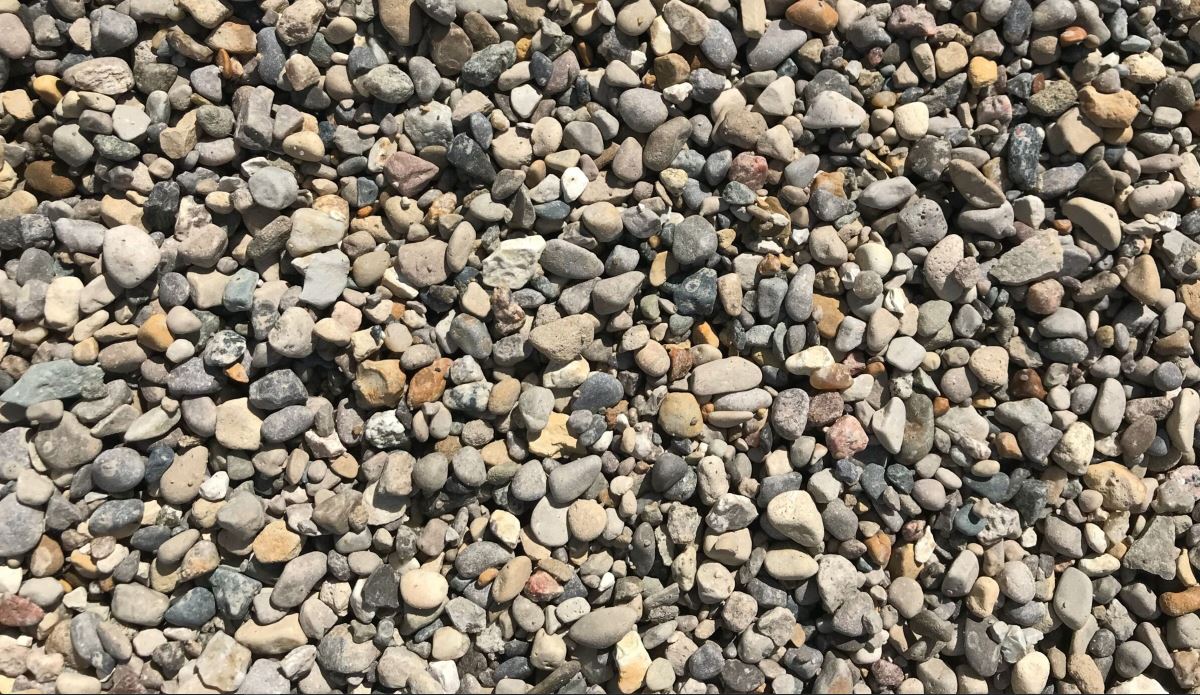
Leave a Reply